Hamley Hangers
We are no longer building saddle trees, but we have two videos about how Western saddles fit horses available on our westernsaddlefit.com website.
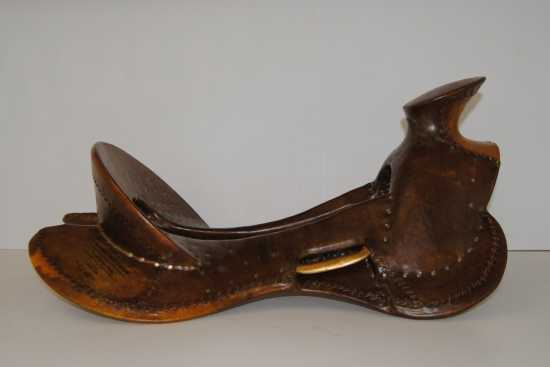
We just shipped out a tree with our first order for Hamley Hangers in 15 ½ years of building trees. It is fun to be in a profession where you can still be doing different things 15 ½ years after you start! The idea for this style of “stirrup bar” came from the Hamley company a long time ago, but it never did become really popular. One of the problems was stirrup wear. A stirrup leather going over a relatively narrow bar of metal will wear more quickly than one going over the bar of the tree, which is much thicker. The advantage to them is supposed to be greater stirrup swing. Rod had to make a few changes on these bars to use the Hamley Hangers. Here's what he did.
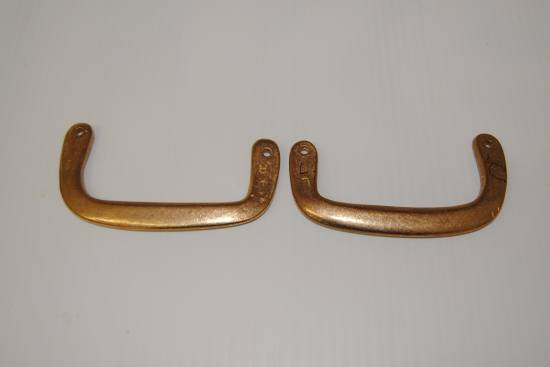
We got our bronze hangers from Herb Bork of Bork Saddlery Hardware. We have bought our horns primarily from Herb and Nadine since we started building trees. They are wonderful people, and really good to deal with.
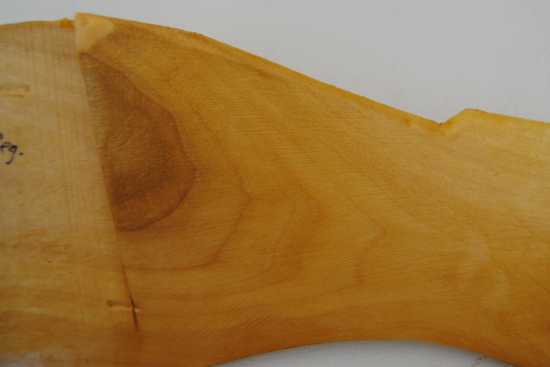 So what angle do you want the stirrups to hang? Normally, we cut a notch in the top of the bar above the stirrup slot. This gives a bit more angle to the stirrup leathers and also provides more of a “stop” behind them (depending on how the groundseat is made) so they won’t slide back on the bars.
So what angle do you want the stirrups to hang? Normally, we cut a notch in the top of the bar above the stirrup slot. This gives a bit more angle to the stirrup leathers and also provides more of a “stop” behind them (depending on how the groundseat is made) so they won’t slide back on the bars.
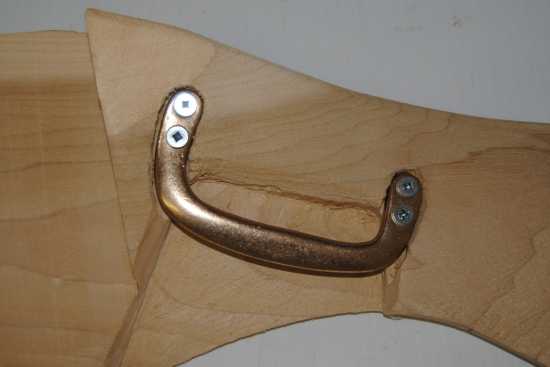
In this case, neither Rod nor the saddle maker wanted that much of an angle on the hangers, so Rod built them to match the angle of the top of the bars without the notch. The pictures of the trees are taken on a flat surface, and putting a tree on a horse will raise the back end so they will have less angle when ridden than it looks like here.
Another change Rod made was to thicken up the front bit of the bar to accommodate insetting the hangers and the depth needed under the hangers for the stirrup leathers. This worked well for this saddle, since it will be built in a Mother Hubbard style and the thicker bars help with the smoother transition into the fork needed for this style. He beveled the edges of this stirrup groove on top the bar just like he does for the normal stirrup groove on the bottom of the tree.
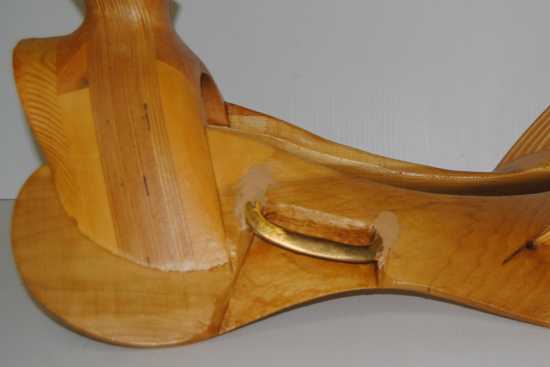
Rod attached each hanger with four screws, and then used auto body filler around them in the same manner as he does around metal horns. The tree was varnished as normal before rawhiding.
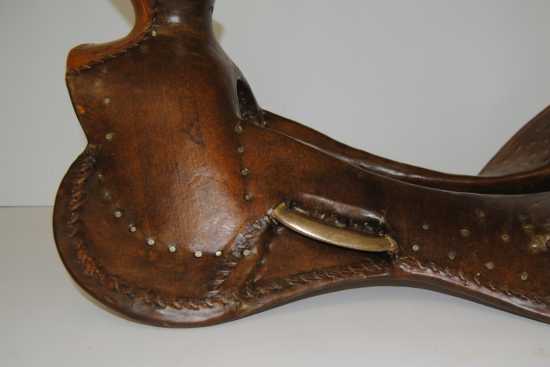
How to rawhide around the hangers took some thought, since he didn't want to have stitch lines in the groove itself due to possible wear issues. Since wet rawhide is really flexible, it molded nicely into the grooves, and Rod nailed it there the same way he does on normal stirrup grooves. Then the stitch lines could be cut ahead and behind the grooves. (The one behind only took a couple stitches so is difficult to see.)
When the tree was dry, we checked out the depth of the groove with a fairly thick piece of leather and it worked fine. The response of the customer to a picture of the finished tree was “Looks perfect!” so now we are just waiting to see what the final saddle looks like.
